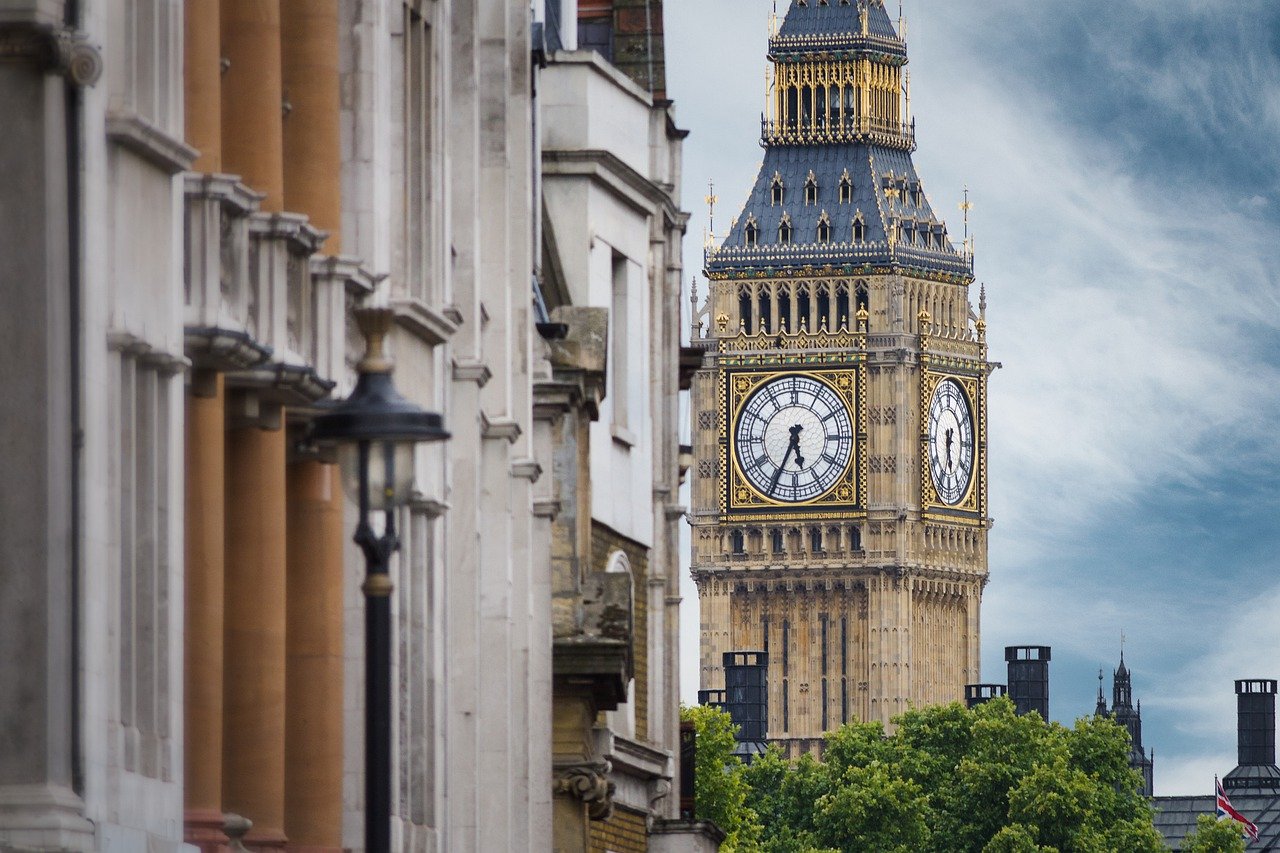With a long history dating back to Roman times, the 21st-century city of London has much to offer the visitor. Famous sights of the City include the iconic Big Ben clock tower and the Houses of Parliament. Visit Westminster Abbey, the site of British monarch coronations, or ride the London Eye for a panoramic view of the City. Its diverse population means that it has something for everyone. If you’re unsure what to do during your visit, these are just a few suggestions.
Great Plague
The Great Plague in London was an outbreak of the bubonic plague that swept through the city between 1665 and 1666. It was the last major outbreak of this disease in England. Thousands of people died and more than two million people were left homeless. But despite its terrible effects, this epidemic is now remembered as a historical event. To learn more about the Great Plague in London, read this article! You’ll learn about its history and what caused it.
Great Fire of London
The Great Fire of London was a major conflagration that tore through central London on the first few days of September 1666. The blaze destroyed much of the medieval City of London, including the Roman city walls. The destruction caused by the fire is unimaginable, but there are several things to learn about the event. Below, we’ll discuss some of the most important facts about the Great Fire of London. This is a must-read for anyone interested in the history of the city and its surrounding area.
City’s transformation as a service industry centre
The City’s transformation into a service industry centre has many benefits for local economies and the region as a whole. Leaders in these sectors have already put in place plans to improve services and reduce costs. By taking these ideas and applying them to the City, we can help it make the transition. And we can begin by making the transformation of our City a success story in the service industry. Listed below are some of the most important aspects of this transformation.
Diversity of its population
The city of London is one of the most diverse in the UK. In 2011, it had the highest proportion of minority ethnic groups and the lowest proportion of whites. Only the West Midlands had a greater proportion of non-whites. The South West, however, remained one of the most ethnically diverse areas with the highest proportion of white British. The following tables show the diversity of London by ethnic group. There is a significant difference between inner and outer London.
Attractions
Visit some of the most iconic attractions in the 21st century, including Big Ben, the renowned clock tower, and the Houses of Parliament. See British monarchs crowned at Westminster Abbey, or take a ride on the London Eye, an observation wheel offering spectacular views of the city. No trip to London would be complete without visiting these landmarks. And don’t miss the London Zoo, where you can see a variety of wildlife.

